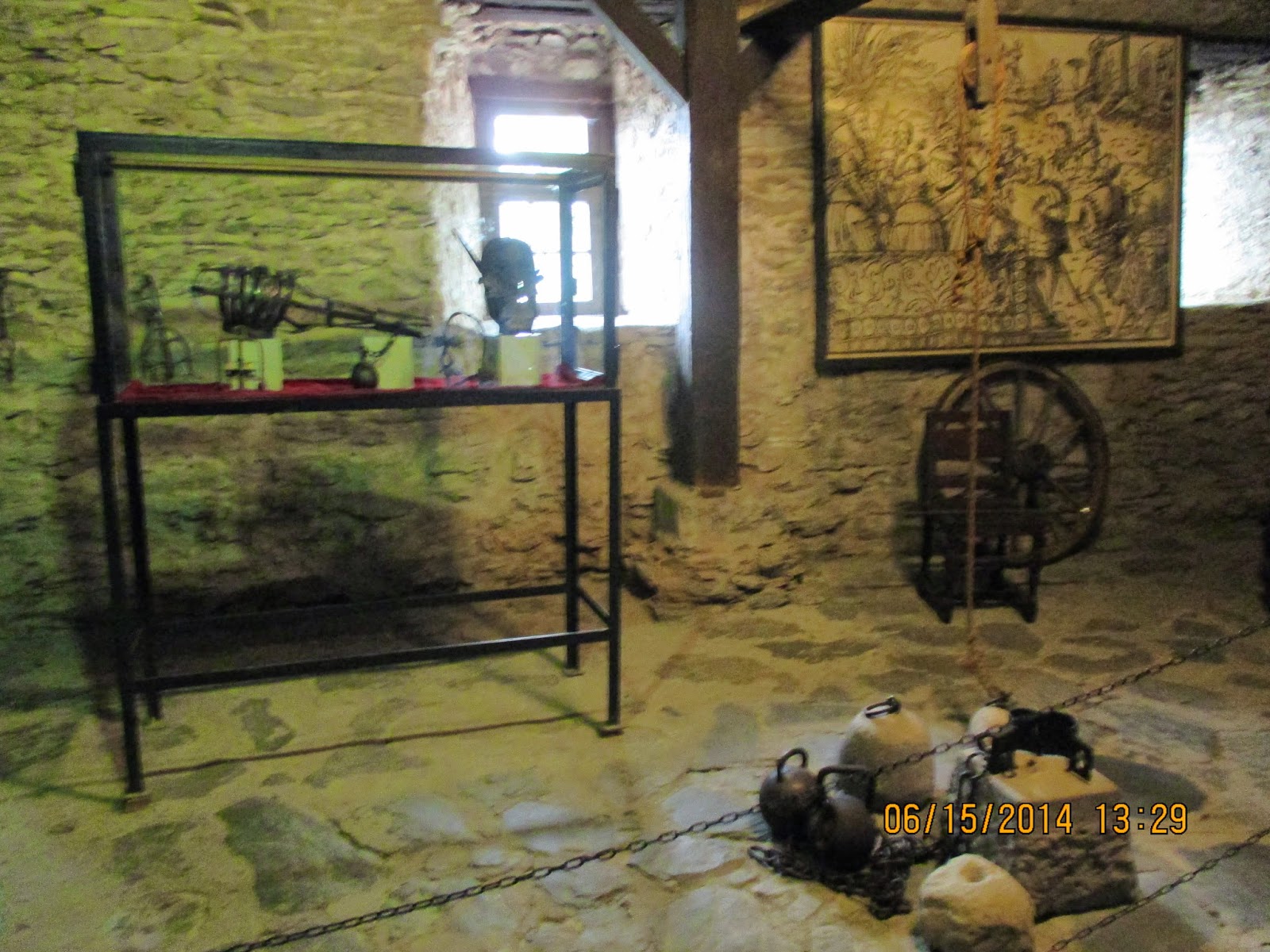We left Holland Saturday and continued up the Rhine River, sailing from Kinderdijk about 11:30 AM. The Rhine is 820 miles long, Europe's longest river. It rises in the Swiss Alps and flows to the North Sea at Rotterdam, Holland. Ships today travel safely from Basel, Switzerland to the North Sea. But in days of old unscrupulous barons in castles, as well as river towns and customs stations could make life difficult for a ship's captain. There was something called staple rights and cities could force ships to unload and offer its cargo for sale locally. In 1831 the Rhine Shipping Act was signed and the river started to proposer as an international waterway.
We arrived at Cologne about 10:30 AM Sunday. Meanwhile on Saturday on the Viking Ingvi we had a safety drill, a copious lunch, an open wheelhouse tour, where one could talk to the captains and a presentation by the program director, Boris, on Cheese, Jenever (Gin) and Rembrandt. Dutch Tea Time included a selection of Dutch treats. Saturday night was a welcome toast by the Captain, Thomas Schlee, and a welcome dinner followed by live music with Louis in the lounge. Every day we had a daily briefing by Boris before dinner to find out about the next day's excisions and events.
Sunday we had another spectacular breakfast buffet including but not limited to custom made omelets and/or scrambled eggs, bacon, sausage, ham, sautéed vegetables like pepper, onions, zucchini and mushroom. Or cereals, hot and cold with fruits and nuts, a fresh fruit bar, fresh local cheeses, lox and bagels, capers and condiments, assortment of pastries and breads, and for the strong of heart, champagne.
At 9:00 AM we had a presentation by Boris about Travelers Along the Rhine. About 10:30 AM we arrived in Cologne and immediately embarked on a guided walking tour of the old town. This was the first time John and I ever set foot in Germany.
Cologne's name comes from the Latin, Colonia. Yes, another Roman settlement on the Rhine. In 55 BC Julius Caesar crossed the Rhine to strike fear into the hearts of the Germans and wrote about building the bridge that took his army across in his treatise "Commentaries on the Gallic War". The site is thought to be in the neighborhood of present day Cologne. Of course, once Caesar got to the other side his army burned all the villages and houses sand cut down their corn, spent 18 days traumatizing them, and then returned back across the Rhine to Gaul and took down the bridge. No wonder these people have been fighting ever since.
 |
| Our expert tour guide tells us about the city |
Cologne's most famous attraction is the Kolner Dom, the cathedral. It was the only building left standing after the Allies bombed the city in WWII. Its filigree twin spies dominate the skyline and it's Germany largest cathedral.The city is a cultural mecca, home to dozens of museums and galleries. It is renowned for its wealth of places to eat and drink and has over 100 brewpubs. (And we thought we had a lot in Oregon.) The city's famous beer is Kolsch. I never saw so much beer in my life as we saw in Germany.
Germany is slightly smaller than the state of Montana at 138,000 square miles and has a population of 81million. Imagine if Montana had that many people.
Back on board the Viking Ingvi we enjoy a presentation on The European Union, go onto the usual fabulous dinner and a Classical Concert after. At 11:00 PM we set sail for Koblenz.
 |
| Spires of the cathedral looking from the old town |
 |
| Kolner Dom |
 |
| The cathedral reaches for the heavens. All the windows have stained glass not readily apparent in this photo |
 |
| Interior chapel. One of many with amazing art. |
 |
| They like to bury saints, knights and clergy in their cathedrals. |
 |
| Not very clear photo of the stained glass |
 |
| Outside, this wandering troubadour serenades a wee boy who seems fascinated by his songs. |
 |
| John and I decide to lunch in Cologne at an outdoor cafe |
 |
| Lunch was bratwurst and sauerkraut |
 |
| Exterior doors of Kohner Dom |
 |
| Farina House, The Fragrance Museum, claims to be the birthplace of Eau de Cologne. Very spendy fragrances. |


































